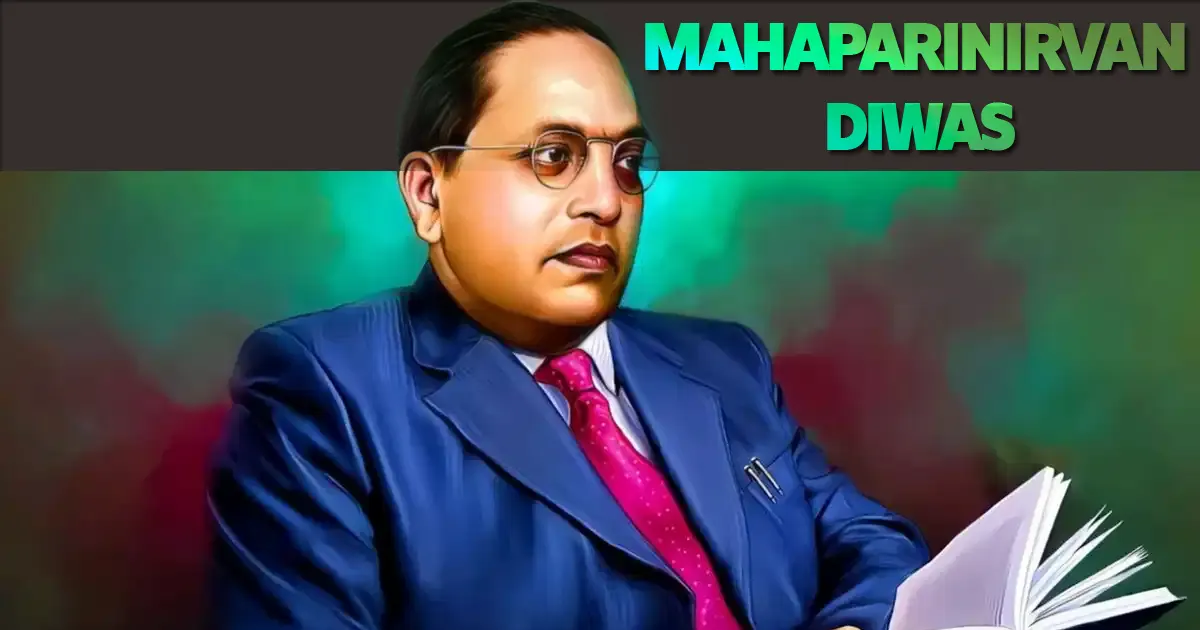GS1 – Modern India

Context:
Mahaparinirvan Diwas is observed annually on December 6 to pay tribute to Dr. B.R. Ambedkar on his death anniversary.
Significance of “Mahaparinirvan”:
The term originates from Buddhist scriptures, referring to Lord Buddha’s passing, symbolizing liberation from the cycle of birth and rebirth.
About Dr. B.R. Ambedkar
- Early Career and Challenges
- Appointed as Military Secretary to the Maharaja of Baroda, but returned to Bombay after facing caste-based discrimination.
- Recognition in Buddhism
- Honored with the title “Bodhisattva” during the Jagatik Buddhism Council in 1954, held in Kathmandu, Nepal.
- Advocate for the Oppressed
- Launched newspapers such as Mooknayak and Bahiskrit Bharat to address the issues of marginalized communities.
- Established the Bahishkrit Hitkarini Sabha in 1923 to promote social and economic upliftment.
- Social Reform Movements
- Led the Mahad March (1927) to demand Dalits’ access to public water sources.
- Organized the Kalaram Temple entry movement (1930) to challenge caste discrimination.
- Role in Poona Pact (1932)
- Advocated for the replacement of separate electorates with reserved seats for Dalits in legislatures.
- Political and Economic Contributions
- Founded the Independent Labour Party in 1936 to represent laborers and the oppressed classes.
- His doctoral research influenced the creation of the Finance Commission of India and the Reserve Bank of India.
- Religious Transformation
- Declared his intention to leave Hinduism at the Yeola Conference (1935) and converted to Buddhism with thousands of followers in Nagpur, 1956.
- Played a pivotal role in the Dalit Buddhist Movement, fostering mass conversions to Buddhism.
- Constitutional Legacy
- As India’s first Law Minister, he was instrumental in drafting the Constitution, emphasizing equality and protection for marginalized communities, including SCs, STs, and OBCs.
- Vision for Infrastructure and Resource Management
- Championed key projects such as the Damodar Valley Project, Hirakud Dam, and Sone River Project and conceptualized initiatives like Employment Exchanges and the National Power Grid.
- Awards and Publications
- Posthumously awarded the Bharat Ratna in 1990.
- Authored influential works, including Who Were the Shudras? and The Problem of the Rupee.
Note:
Dr. Ambedkar’s recognition as a Bodhisattva highlights his journey toward enlightenment and his efforts to uplift marginalized communities.




